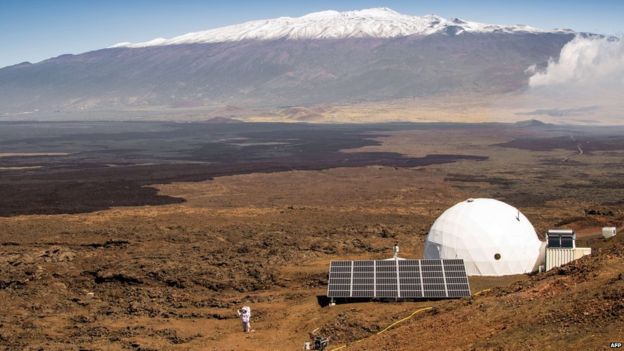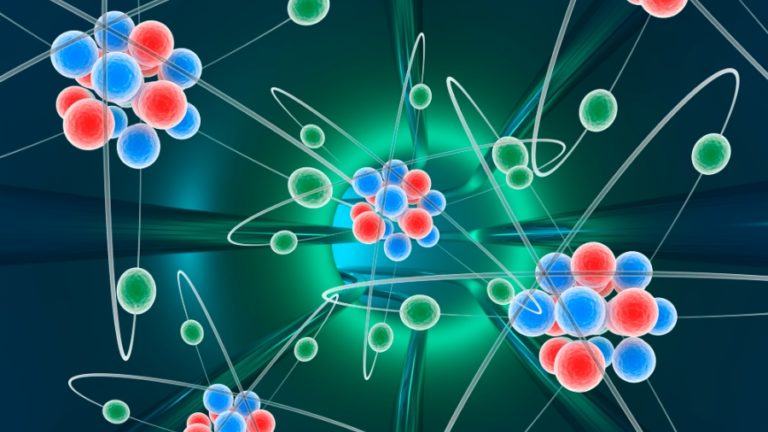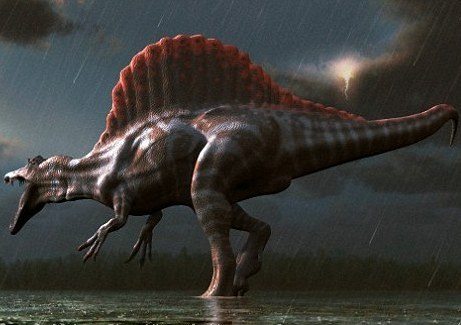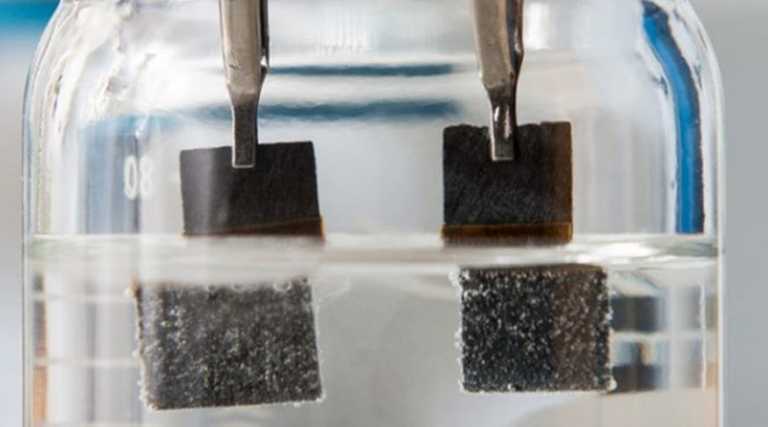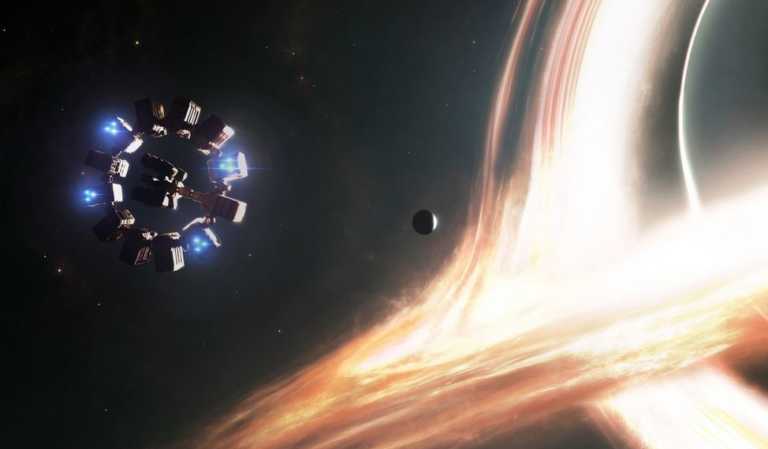World’s First Time Crystal Created By Physicists
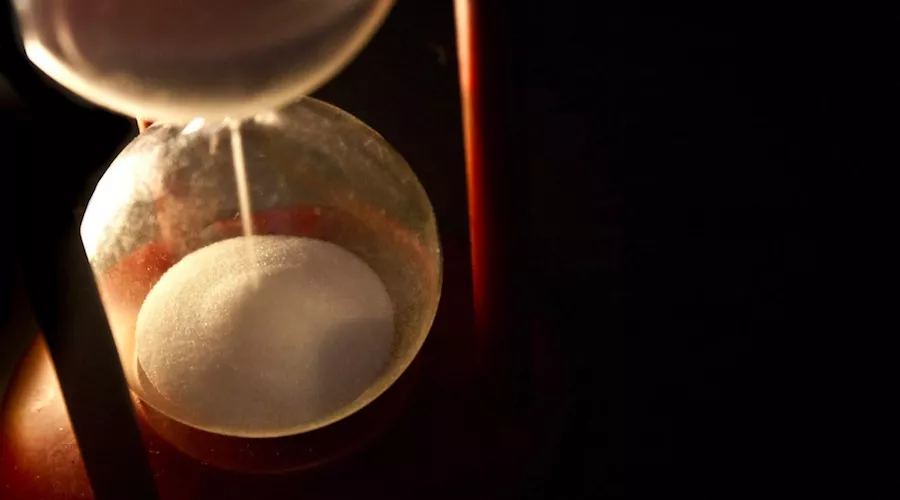
 Short Bytes: For the first time, physicists have created a time crystal in the laboratory. This milestone was achieved by Chris Monroe and fellow researchers at the University of Maryland in College Park. Time crystals are the hypothetical structures that have movement even at their lowest energy state. The researchers believe that one day they could be used as quantum memories.
Short Bytes: For the first time, physicists have created a time crystal in the laboratory. This milestone was achieved by Chris Monroe and fellow researchers at the University of Maryland in College Park. Time crystals are the hypothetical structures that have movement even at their lowest energy state. The researchers believe that one day they could be used as quantum memories.
About four years ago, physicists proposed time crystals–the hypothetical structures that have the symmetrical arrangement in time. They have some movement even at their ground state. Now, Chris Monroe and pals, physicists at the University of Maryland in College Park, have created a time crystal in lab for the first time.
How is a time crystal created?
The physicists have managed to add a fourth dimension to a crystal for the first time. The process of creating a time crystal starts with the creation of a quantum system and cooling them until they reach their lowest energy state. In this state, the ring should be perfectly stationary.
MIT Tech Review writes that if the time symmetry was broken, the ring could vary periodically in time and rotate. Due to the violation of conservation of energy, the extraction of energy from this motion isn’t possible. “But the temporal symmetry-breaking would manifest itself in this repeating motion in time, just as spatial symmetry-breaking manifests itself as repeating patterns in space,” says Tech Review.
However, things are more complex in real life. As quantum particles tend to move from their positions in space, they remain uninfluenced by time-dependent variables. In simpler language, they don’t evolve over time.
So, Munroe and other researchers focused on the situations in which quantum systems don’t evolve over time, i.e., the quantum systems that aren’t in equilibrium. They took a line ytterbium ions whose spins interacted with each other.
This interaction forced the ions to be localised in a specific space and influenced by time. Using a laser, the researchers started changing the spins of specific ions. The flipping on one ion caused the next one to flip and so on. This continued till every ion was aligned and oscillating.
Upon further investigation, Monroe found that after allowing the system to evolve, the interactions happened at a rate twice than the original period. As there wasn’t any driving force with that period, the only explanation is that the time symmetry of the crystals must have been broken, resulting in the creation of a time crystal.
Talking about the applications, Monroe and pals mention the use of a time crystal for quantum information tasks like the implementation of a robust quantum memory.
Source: MIT Tech Review, Arxiv.org
Did you find this article interesting? Don’t forget to drop your feedback in the comments section below.
Also Read: Alan Turing’s First Ever Computer-Generated Music Recovered By Researchers

